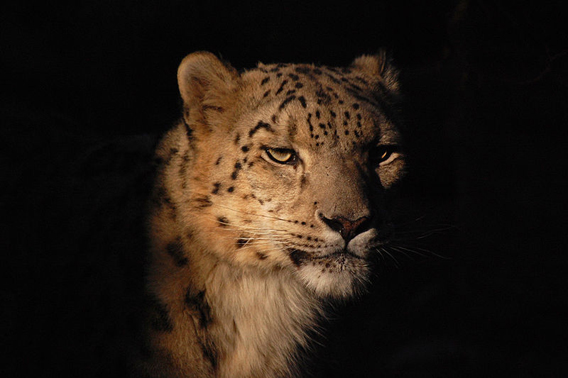

| Visitors Now: | |
| Total Visits: | |
| Total Stories: |

| Story Views | |
| Now: | |
| Last Hour: | |
| Last 24 Hours: | |
| Total: | |
An avalanche of decline: Snow leopard populations are plummeting
By Erica Santana
3 January 2013The trading of big cat pelts is nothing new, but recent demand for snow leopard pelts and taxidermy mounts has added a new commodity to the illegal trade in wildlife products, according to the Environmental Investigation Agency (EIA). Traditionally, the market for large cat products has centered around tiger bones and parts for traditional Chinese medicine. Snow leopards (Uncia uncia), however, are a novel trend in the illegal wildlife trade arena and skins and taxidermy mounts are the most recent fad in luxury home décor.
The EIA, a UK-based non-profit organization whose mission is to investigate crimes to the environment, are concerned that attention to the plight of snow leopards is compromised because of the global conservation focus on tigers. While tiger poaching is a rampant threat, the EIA estimates that for every tiger poached, approximately six leopards are taken, including snow leopards.
Experts have estimated that there are between 4,000 and 6,000 snow leopards left in the wild, making them one of Asia’s most endangered mammals. This estimate was calculated several years ago, however, and it is believed that the number today is significantly lower.
Results of EIA investigations reveal that the majority of snow leopard pelts are being harvested in China, Mongolia, India, Nepal, and Pakistan. Beginning in 2005, open trade in large cat products has declined and most of the illegal transactions in large cat trading is done in secret, making it difficult to monitor. Investigators from the EIA have documented hundreds of sales in illegal cat parts, but this detection success may be marginal compared to the actual trade.
“The skins uncovered by our investigators are just the tip of the iceberg,” says Debbie Banks, the head of EIA’s Tiger Campaign.
International Customs agents approximate the detected amount of illegal trade to be merely a tenth of the actual rate, meaning over 1,000 snow leopards have been killed and traded in the past dozen years or approximately a fifth of the estimated wild population of snow leopards on the planet. This means more than just a decline in leopard populations.
“Snow leopards are valuable indicators of environmental health,” says Tariq Aziz, leader the World Wildlife Fund’s Living Himalayas Initiative. “… their declining numbers is a sign that the places they live are also threatened.” [more]
An avalanche of decline: snow leopard populations are plummeting
2013-01-08 08:00:55
Source: http://www.desdemonadespair.net/2013/01/an-avalanche-of-decline-snow-leopard.html
Source:



